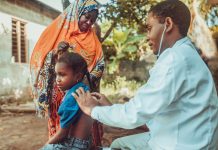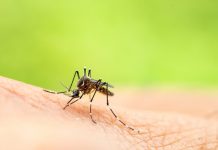A new study estimates HIV disproportionately affects trans feminine women, with 20% of trans feminine individuals being positive with the virus, highlighting the need for prevention efforts and appropriate sex education
The analysis, focusing on the prevalence of HIV among transgender individuals worldwide, highlights the disproportionate HIV risks amongst this population in regard to masculine and feminine identifying trans individuals.
With newer revisions in HIV prevention measures globally, researchers have found that the factors underlying this epidemic are numerous, complex, and dynamic. When updating knowledge of HIV among transgender individuals to further prevention efforts, this analysis takes identity and gender factors into account.
Transgender individuals face the burden of increased risks of HIV infection
Maastricht University, presenting these findings in the open-access journal PLOS ONE, conducted a meta-analysis of all 98 peer-reviewed publications on HIV prevalence among transgender individuals, occurring between January 2000 and January 2019.
By applying a statistical method called “random-effects modelling” to gain new insights from this body of research, they compiled the largest pool of data ever considered for this topic.
From their findings they discovered that, during the study period, 19.9% – with a confidence interval of 14.7 to 25.1% – of trans feminine individuals were HIV positive, compared to 2.56% – confidence interval 0.0 to 5.9% – of trans masculine individuals.
When compared further with other individuals at age 15 and over, trans feminine people were found to be 66 times more likely (51.4 to 84.4) to have HIV, and trans masculine people were 6.8 times more likely (3.6 to 13.1).
The authors have stated that their results counter presumptions that trans masculine individuals are not at risk for HIV. However, they also found frequency varied in different geographic regions, with Africa and Latin America being more heavily impacted by the HIV epidemic.
“Calling for increased efforts to meet the unique HIV prevention and care needs of this population”
Another study conducted by Operario and collaborators found that transgender female sex workers were also at a significantly higher risk of HIV, at 27.3%, than cis-gender sex workers and trans women, at 14.7%, who do engage in sex work.
The authors highlight the need for additional data and research through continued monitoring to determine how prevalence is influenced by pre-exposure prophylaxis (PrEP), which are medications that prevent HIV infection.
This research will be vital when considering that the new study only included data up to 2019, and PrEP treatment has expanded since then.
The authors stated:
“Trans feminine and trans masculine individuals are disproportionately burdened by HIV, and their unique prevention and care needs should be addressed.”













